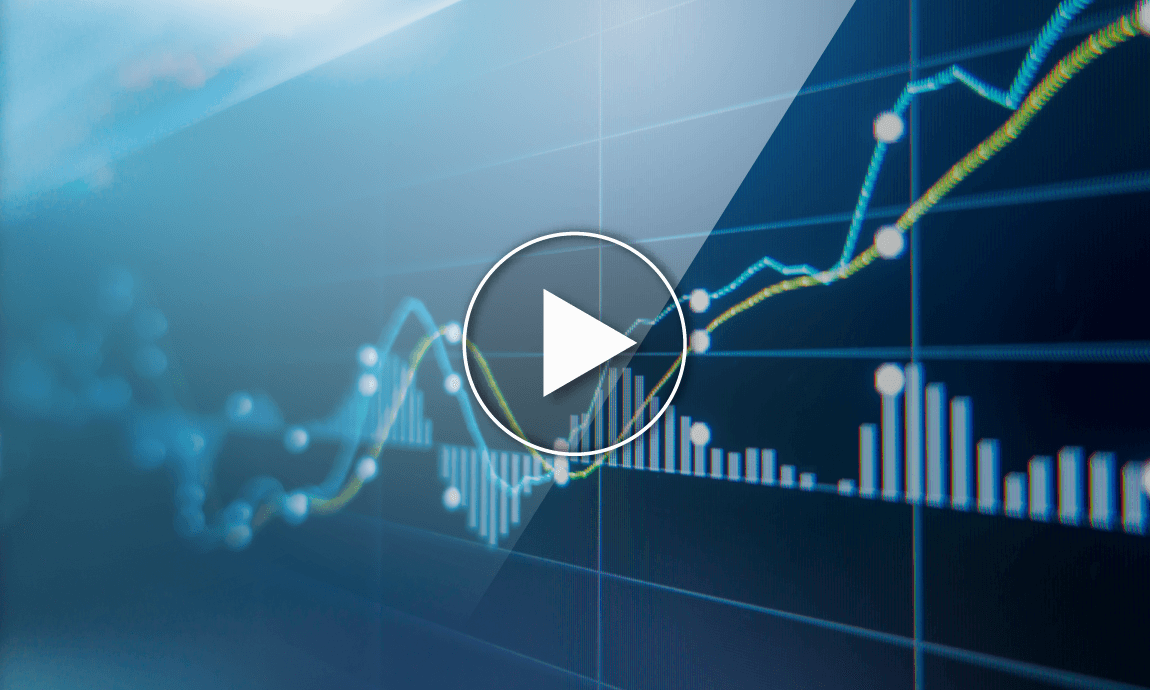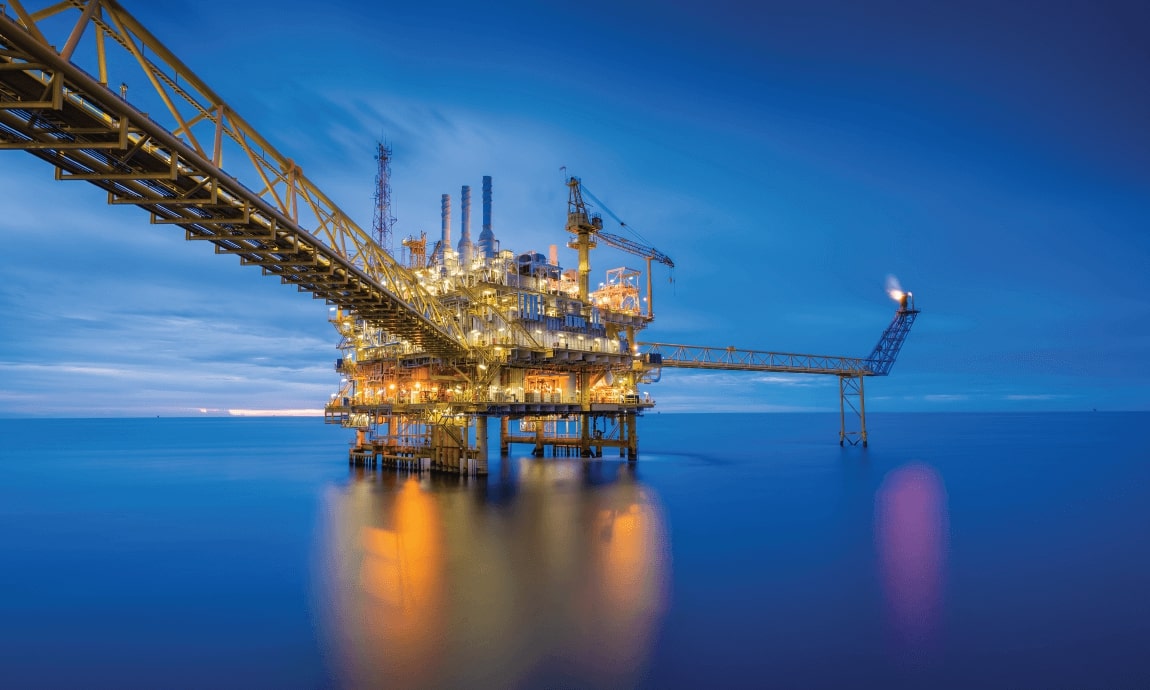Inflation and a broad-based commodities boom have been in the spotlight and the hot topic of investors and central bankers lately since costs will begin to impact households and vulnerable businesses.
Prices of energy, metals, and agricultural raw materials have been posting an upward momentum since the start of the year. This was driven by a stronger-than-expected global consumption, supply shortage, logistics logjam, and due to massive monetary and fiscal stimulus.
Crude oil, the world’s most crucial commodity, has gained more than 50% this year, rallying towards 70 dollars a barrel, due to the OPEC+ alliance production cuts, and recovering demand for petroleum products.
The post-pandemic recovery of the global manufacturing and construction sectors has boosted demand for industrial raw materials, such as copper, aluminium, iron ore, cotton, lumber, and natural rubber, sending their prices to record highs.
Agricultural commodities such as corn, wheat, soybeans, sugar, and coffee have also hit multi-year highs, whilst the price of natural gas has doubled this year, with additional costs incurred on electricity bills.
The sky-high commodity prices have gained the attention of central bankers since inflation in the US and Eurozone exceeded the central bank’s target of 2% in August.
Despite the fact that the Federal Reserve believes inflationary pressure will be transitory, other central banks and economists believe inflation will persist and therefore they should start tapering their accommodative monetary policies.










